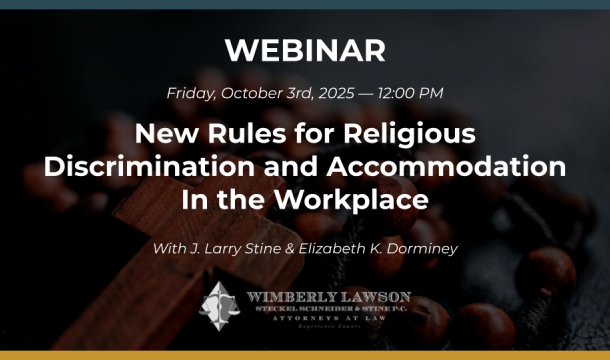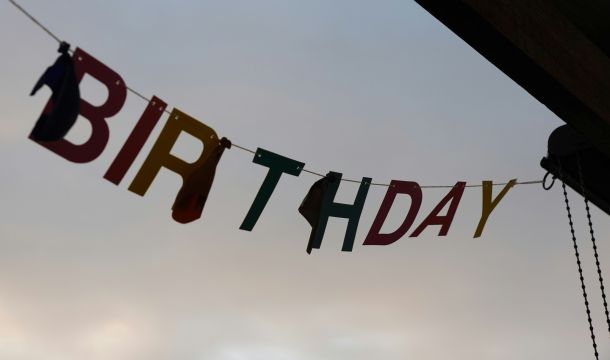Affirmative Action Ruling Could Impact Employers
The Supreme Court affirmative action ruling (Students for Fair Admissions, Inc. V. President and Fellows of Harvard College, No. 20-1119 (June 29, 2023)) is likely to have an impact on private industry affirmative action programs, even though the case itself involved the equal protection clause of the Fourteenth Amendment and admission policies at universities. There are older Supreme Court rulings involving temporary voluntary affirmative action programs designed to eliminate racial imbalances in a workforce, but Justice Gorsuch's concurrence noted the parallels between Title VI, applied to the universities and Title VII, which applies to private employers. The reasoning in the Supreme Court decision could apply to private employment as well. Thus, plaintiffs are more likely to attack hiring and promotion decisions under affirmative action programs.
A useful guideline for employers planning their affirmative action programs is that of the Office of Federal Contract Compliance Programs (OFCCP) found under Executive Order 11246, which focuses on removing barriers to protected classes through affirmative steps like outreach and recruitment. However, the Executive Order also states that employers are not required to hire or promote based on quotas or preferential treatment by race. An area apparently unaffected by the recent Supreme Court ruling is the evaluation of employment criteria to avoid adverse impact on protected classes. An employer is normally allowed to make adjustments in hiring criteria that are having an adverse impact on such persons, not under the concept of affirmative action, but under the concept of either avoiding adverse impact or having a job-related business reason for such impact.
The Supreme Court ruling expressly allows "non-racial" considerations in affirmative action, and employers may need to review their affirmative action programs to make sure they do not make race-conscious employment decisions. Further, each program should avoid any type of stereotyping of persons by race, which was expressly prohibited in the recent Supreme Court decision.
Editor's Note: This firm has prepared a more extensive article about affirmative action programs which is available upon request by contacting jww@wimlaw.com.
This article is part of our August 2023 Newsletter.
View newsletter online
Download the newsletter as a PDF
Related Content
Get Email Updates

Trump Nominates Appointments to NLRB and EEOC but Policy Changes Likely to Be Delayed

DOL Launches Self-Audit Programs Designed to Help Employers Improve Compliance

DOL Must Release EEO-1 Reports to the Public under Open Records Laws

Current Advice on Active-Shooter Situations

New Policy for Federal Workers and Religious Expressions



